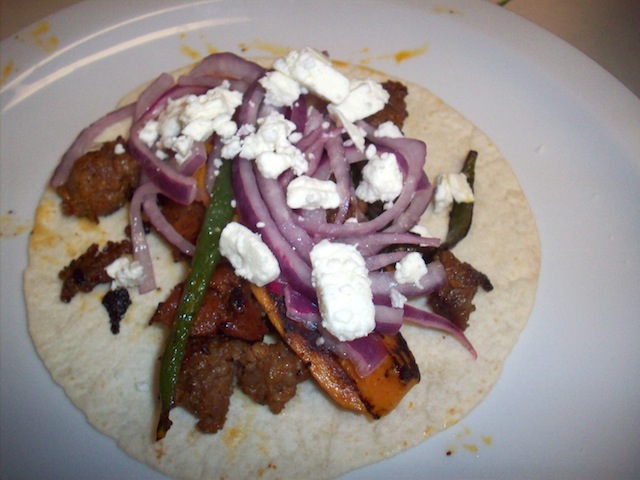
I remember, once, seeing the heroine of some movie or TV show standing in front of her sink, shoveling a limp chicken breast into her mouth represented as the penultimate form of loneliness. That image, wedged into my consciousness, still influences the way I think about the social aspect of eating–that eating alone in public is taboo and eating alone in private is unfulfilled. It makes me bring a book and seek loud, busy establishments where I can hide when I do dine with myself.
And yet, I have eaten many wonderful meals alone.
The best of these was a lunch one summer when I had just turned fifteen. My family was living for a few months in Bremen, Germany, and I had been tentatively released into a big city on my own for the first time. I wandered past the market place with its intricately decorated buildings, through the old city Schnoor, where the smallest road was just an inch broader than the length from one shoulder to another, and into the Viertel, the “new” part of town. I had never been there – my family hadn’t had a chance to wander that far – but as it was noon and I was hungry, I looked for a place to eat. An unobtrusive, corner storefront with a roasting slab of meat rotating in the window beckoned me across the street, and I unknowingly ordered what is still the best döner kebab I’ve ever had.
For three euros, it was a massive affair. A fresh slab of pita stuffed full of lamb, red cabbage, cucumber, tomatoes, onions, crumbling cheese, and threaded through with cool, garlicky tzatziki sauce. I ate it on a rickety metal chair outside the shop and watched people walk by. I didn’t care that my hands were covered in drippings or that if I set that sandwich down I’d never be able to pick it up again – every bite tasted like growing up. » Continue reading this post...